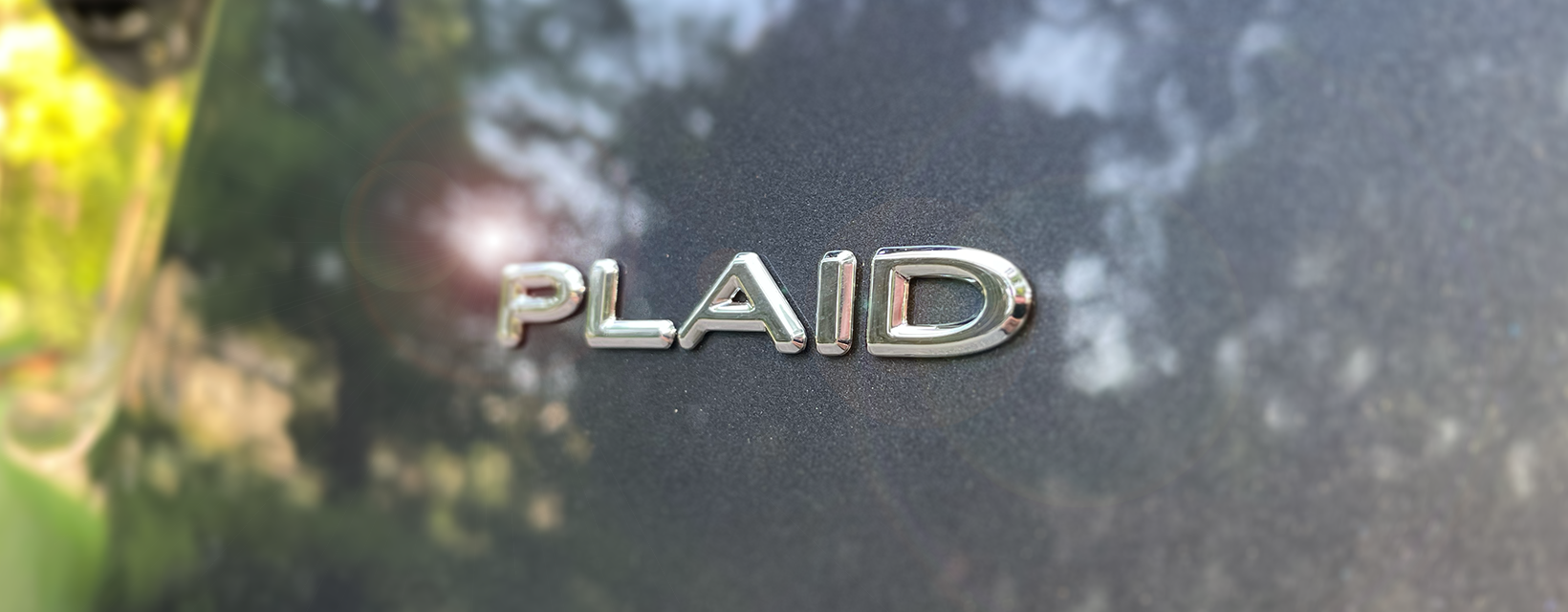Tesla teased its most valuable customers with the Model S Plaid announcement back in January, then struggled to deliver.
We followed one Plaid customer’s buying experience from pre-order to test drive(!). It was a bumpy ride and a reminder that Tesla is still blitzscaling.
Grading the Model S Plaid
- Product: A+ From the moment we figured out how to put it in drive, the Model S Plaid is laugh-out-loud fun.
- Service: C- The company makes it hard to get ahold of your car; payment wasn’t obvious; and the three-day purchase window makes pickup/delivery stressful for anyone who travels.
- Overall: Tesla gets a pass because Tesla customers are obsessed. We asked the buyer the standard net promoter score question (How likely are you to recommend Tesla on a scale from 0 to 10?). His response: “10.”
Despite delivery delays, issues with trading in an older Model S, hard-to-reach salespeople and customer service, challenges paying for the car, and salespeople with limited knowledge of how to operate the car, this Model S Plaid buyer is very likely to recommend Tesla.
This is the power of a strong brand.
Elon Musk has built the Tesla brand around pushing an industry forward so quickly that expectations cannot be met. Tesla gets a lot of slack for disappointing its customers. Missing a deadline has become an odd sort of success for Tesla. Fans, customers, and even investors give Musk credit that he will keep his promises, eventually.
Tesla Is Still Blitzscaling
Before the chip shortage, before the pandemic, before they smashed the window of the Cybertruck on stage, and before Tesla’s market cap increased 12,000%, we wrote that Tesla is blitzscaling.
Blitzscaling is a concept coined by Reid Hoffman of PayPal and LinkedIn success. The point of blitzscaling is to prioritize lightning-fast speed of growth over efficiency to capture what Hoffman calls a “first scaler advantage.” If a company can’t build some mechanism of loyalty into their product, they shouldn’t blitzscale because the first mover advantage becomes moot. Blitzscaling is a bet-the-company strategy that should only be used if there is a market sizable enough to justify the upfront risks.
In Hoffman’s book, he details the steps of Blitzscaling as:
- Do things that don’t scale
- Reach the next stage of blitzscaling
- Figure out how to do one set of things that scale while simultaneously doing another set of things that don’t scale
- Reach the next stage of blitzscaling
- Repeat until you reach market dominance
Since we first outlined how Tesla was embracing the characteristics of Blizscaling, the company has reached the next stage (or two) of blitzscaling. In Q1 2019 Tesla produced 77,000 vehicles (Models S, 3 and X) compared to over 200,000 vehicles produced in Q2 2021, including the Model Y and the all-new Model S Plaid.
FSD Beta Is Tesla’s Next Stage of Blitzscaling
Now, the company is focused on rolling out the FSD Beta to more customers that have already purchased the FSD package. First promised in March (“in ~10 days”), Elon recently updated his expectations to release an FSD Beta request button more widely:
Good feedback from FSD Beta 10 users! 10.0.1 point release rolling out now.
10.1 rolls out a week from Friday with beta request button.
— Elon Musk (@elonmusk) September 17, 2021
Here again, Musk is pushing the industry forward so quickly that expectations cannot be met. Eventually, that button will appear, Tesla customers will be able request the FSD beta, and the company will begin a new phase of rapid innovation. This cycle of innovation is what Tesla customers have come to love about their Teslas.
We’ve said that we expect to see public full self-driving in 2025, and that’s looking to be optimistic. In the end, autonomy will likely take longer than most think to come to fruition, and almost certainly be more transformative than anyone can imagine.
Bottom Line: Tesla Will Disappoint, Then Change The World
So, even when Tesla consistently disappoints, Tesla owners are satisfied because Musk comes through eventually. The product —and the promise of what the product may be in the future — overcomes a buying process that is broken in many places.
Observing the Model S Plaid experience firsthand reminded me of an insight from Gabriel Leydon:
“Anything that’s just growing like crazy and totally broken, just put all your money there because obviously when it gets fixed, it’s going to be better. And there are tons of examples of this.” – Gabriel Leydon on Invest Like The Best podcast.
Paradoxically, Tesla’s broken buying experience is a sign of great things to come. The company continues to move at breakneck pace, pulling an entire industry along with it. So long as disappointed Tesla customers continue to love the product, the company is well positioned to change the world.
